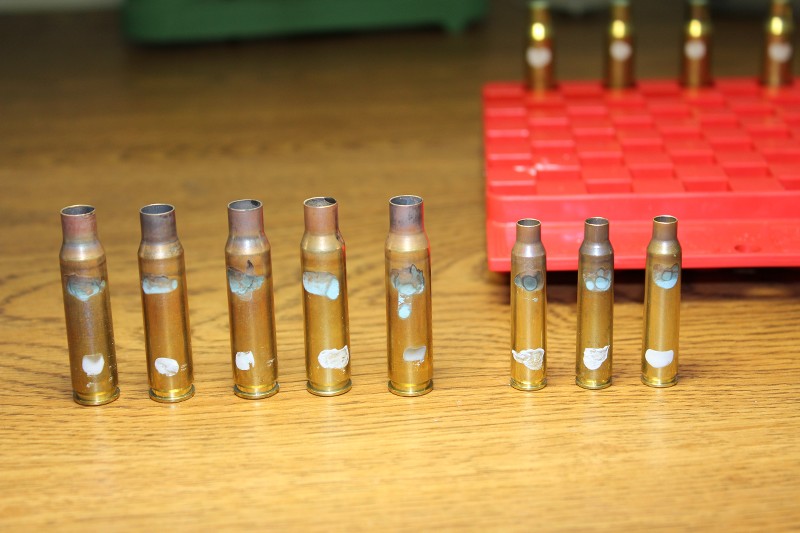I am glad that it is not me who have to remove all the Tempilaq. I only mark about 3 and then count how many seconds it takes to melt. Thereafter I count them all down and it spares me to remove the Tempilaq.
Reloader270, I agree, starting over every day is a bad habit. When this thread is over it will have ended at the same place all the other threads have ended.
I was hoping someone wanting speed and faster would look into the carbon torch. And for soldering? There is no interest.
F. Guffey

